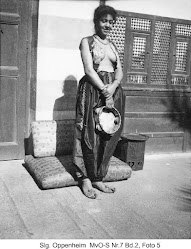Dr. Frankenstein, as the story goes, dug up the bodies of dead people from a local graveyard and sewed pieces of all of them together so he could create a new creature - and in the end prove his theories about electricity and human life true. When the creature comes to life, Dr Frankenstein is so disgusted that he flees, and this new creature does not know what he is - it is through his interactions with others that he learns he is a monster to them - only a blind man is kind to him in the story. All of the creature's acts of kindness are met with cruelty and abuse - and finally he seeks out his creator to get revenge for bringing him into being, leaving a trail of death and destruction behind him.
Are we like Dr Frankenstein's monster at all?
Can we understand why he turns out the way he does?
How are we a product of our environment?
How often are our sense of self different then the story being told to us by others?
Inspo for the project:
Day 1: The Brainstorm Session
Group Brainstorm about all the different things that make us who we are - a lot of which we had no control over.
+ How do we weave these circumstances into a sense of being?
+ What parts of our experiences of the world have left the biggest impact?
+ What is it about those things that hold us together - especially as we enter into new environments?
+ How would you show those things in an image? Colors, textures etc?
+ How are these parts of you organized inside of you? Do they overlap, are they organized, is there chaos with controlled spaces?
Take notes during our brainstorm - you will need these later!
Day 2: Making the inside parts
Materials will be available at each table to be explored. Look back at your notes and see what textures and colors or images speak to some of the notes you took. Start to map out on a fresh paper what your internal experience might look or feel like - there is no right or wrong here. The goal is to fill as much of the paper's space as you can
Day 3: Creating the Container
There will be examples and tracing options for cutting out a silhouetted head shape, or you could be adventurous and try it on your own/modify an existing one. Once that is cut out, it will be applied on top of your internal image to tell a clear story. This is our final day on this, to finish anything you feel your piece needs to be done.
Reflection if there is time.























.jpg)













































